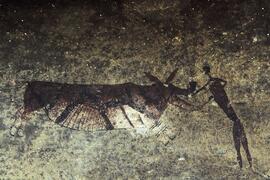RARI RARI-RARI-RSA-FLO3-3R.jpg
·
Item
·
06/06/1986
Part of RARI
Elements area
Taxonomy
Code
Scope note(s)
Source note(s)
Display note(s)
Hierarchical terms
Kleine Fontein III 156
BT Aliwal North








